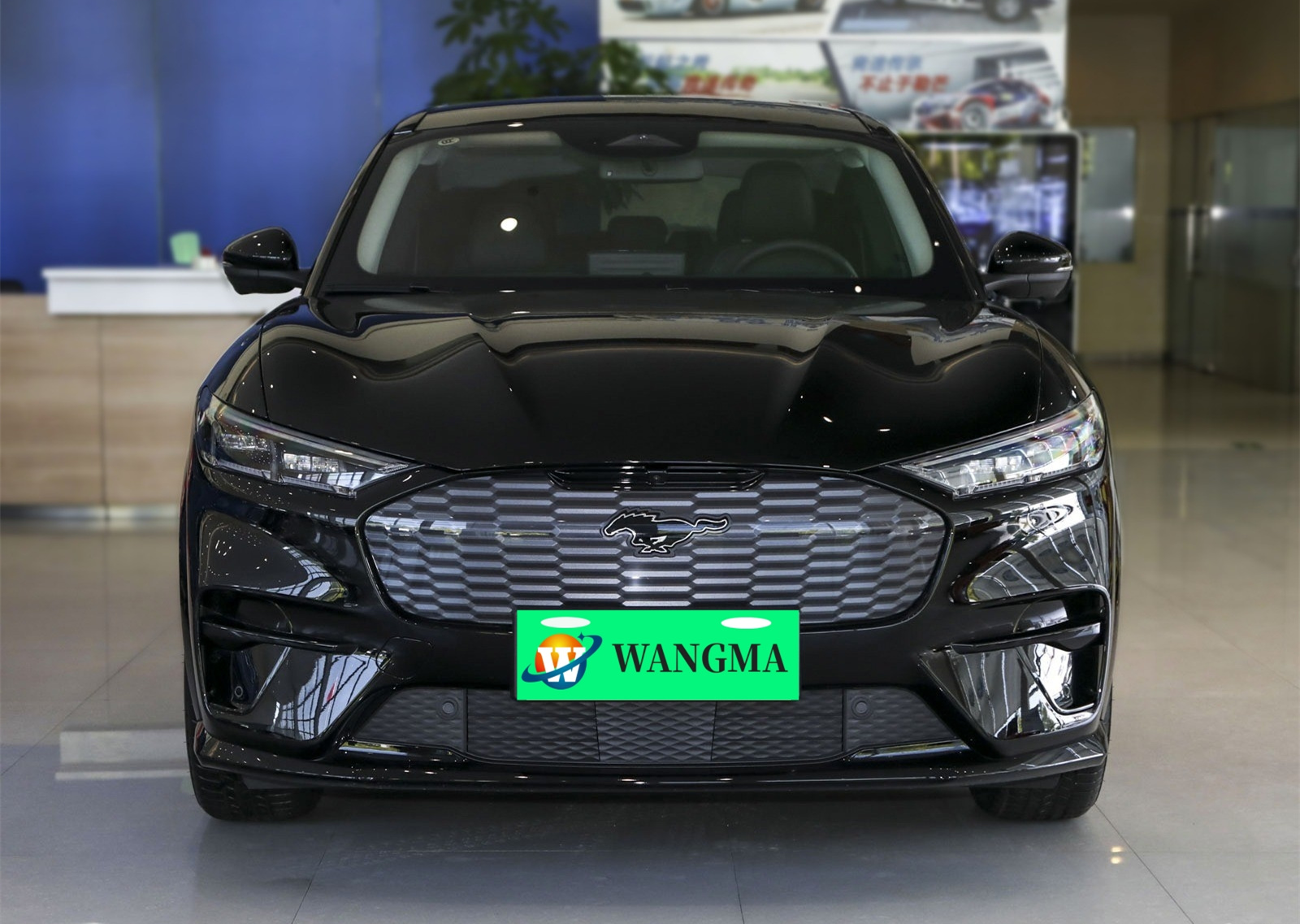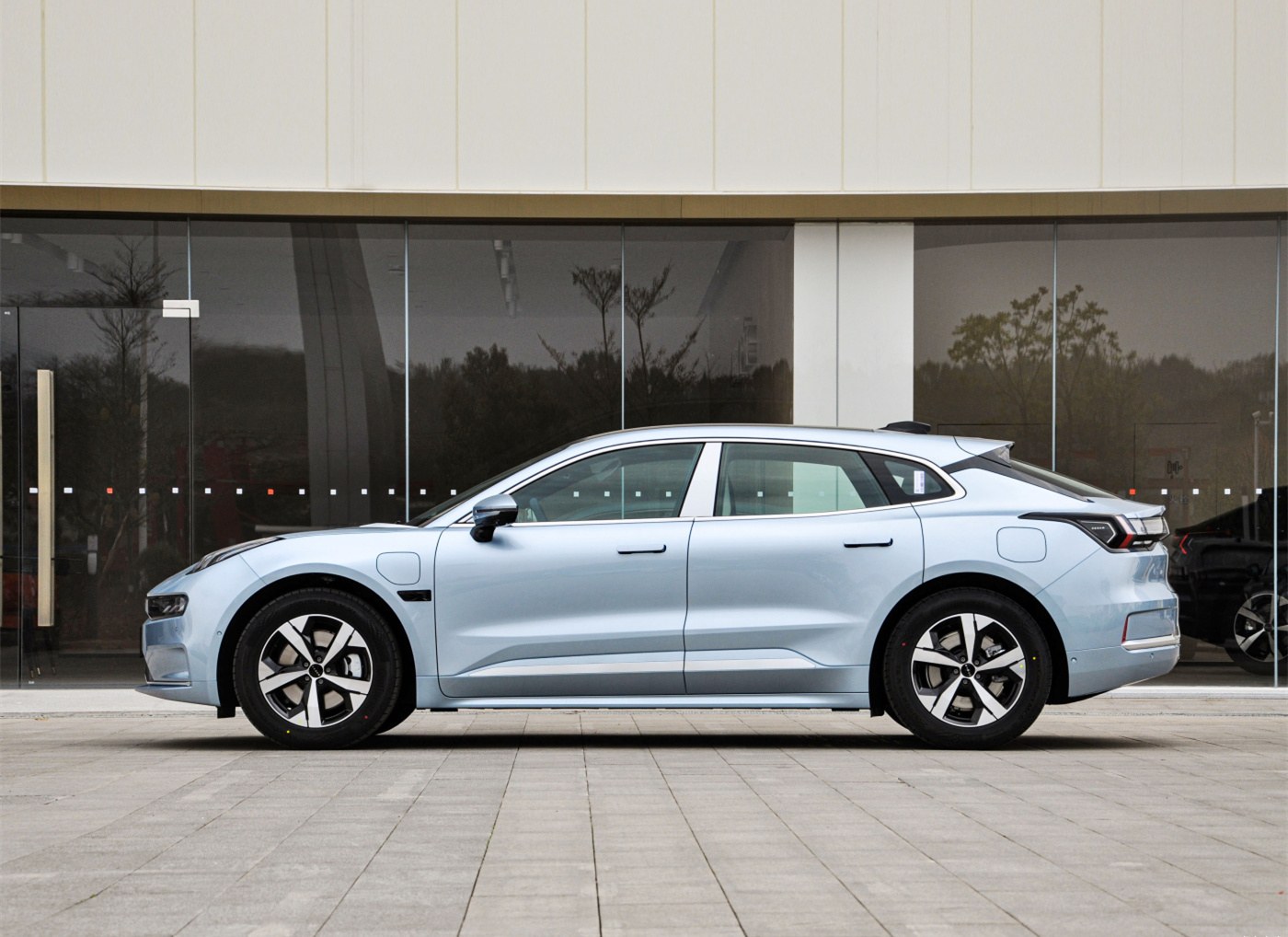
3 月 . 06, 2025 15:45 Back to list
Galvanized steel sheet price hot-dip galvanized
Maximizing the Potential of Flat Sheet Metal Roofs A Comprehensive Guide
The installation of flat sheet metal roofs should always be entrusted to certified professionals to ensure precision, safety, and adherence to building codes. A crucial aspect of installation is proper sealing and fastening to prevent leaks and ensure stability. Poor installation can lead to water pooling, corrosion, and other issues that compromise the roof's integrity. Regular maintenance is minimal but essential for extending the roof's life. Inspecting the roof periodically for debris, dents, and signs of corrosion, along with ensuring that seams and fasteners are intact, will help maintain the roof's condition. Simple steps such as cleaning gutters and trimming overhanging branches can also prevent unnecessary wear and tear. Cost Considerations While the initial cost of installing a flat sheet metal roof may be higher than traditional shingle roofs, the long-term savings on repairs, replacements, and energy bills often outweigh the initial investment. Additionally, many insurance companies offer reduced premiums for homes and buildings with metal roofing due to their fire resistance and durability factors, further offsetting the upfront expenditures. Overcoming Common Challenges Despite their numerous advantages, flat sheet metal roofs are not without challenges. They can be noisy during heavy rain or hail, a concern easily mitigated with proper insulation or acoustic underlay systems. Another potential issue is thermal expansion, which can cause the roof to warp or loosen over time. This can be addressed by using appropriate materials and cutting-edge techniques that accommodate temperature fluctuations. Thought Leadership and Innovation The roofing industry continues to innovate, with advanced coatings that enhance UV resistance and digital solutions that enable precise fabrication and installation. Staying at the forefront of these developments is crucial for professionals in the field, allowing them to provide clients with the best possible solutions that combine aesthetics, functionality, and sustainability. In summary, flat sheet metal roofs are a wise investment for those looking to combine durability, energy efficiency, and design versatility. With careful installation, regular maintenance, and the right choice of materials, these roofs can provide a lasting solution that adds value and aesthetic appeal to any property, satisfying the discerning needs of property owners and developers alike.


The installation of flat sheet metal roofs should always be entrusted to certified professionals to ensure precision, safety, and adherence to building codes. A crucial aspect of installation is proper sealing and fastening to prevent leaks and ensure stability. Poor installation can lead to water pooling, corrosion, and other issues that compromise the roof's integrity. Regular maintenance is minimal but essential for extending the roof's life. Inspecting the roof periodically for debris, dents, and signs of corrosion, along with ensuring that seams and fasteners are intact, will help maintain the roof's condition. Simple steps such as cleaning gutters and trimming overhanging branches can also prevent unnecessary wear and tear. Cost Considerations While the initial cost of installing a flat sheet metal roof may be higher than traditional shingle roofs, the long-term savings on repairs, replacements, and energy bills often outweigh the initial investment. Additionally, many insurance companies offer reduced premiums for homes and buildings with metal roofing due to their fire resistance and durability factors, further offsetting the upfront expenditures. Overcoming Common Challenges Despite their numerous advantages, flat sheet metal roofs are not without challenges. They can be noisy during heavy rain or hail, a concern easily mitigated with proper insulation or acoustic underlay systems. Another potential issue is thermal expansion, which can cause the roof to warp or loosen over time. This can be addressed by using appropriate materials and cutting-edge techniques that accommodate temperature fluctuations. Thought Leadership and Innovation The roofing industry continues to innovate, with advanced coatings that enhance UV resistance and digital solutions that enable precise fabrication and installation. Staying at the forefront of these developments is crucial for professionals in the field, allowing them to provide clients with the best possible solutions that combine aesthetics, functionality, and sustainability. In summary, flat sheet metal roofs are a wise investment for those looking to combine durability, energy efficiency, and design versatility. With careful installation, regular maintenance, and the right choice of materials, these roofs can provide a lasting solution that adds value and aesthetic appeal to any property, satisfying the discerning needs of property owners and developers alike.
Latest news
-
Galvanized steel sheet price hot-dip galvanized
NewsMar.07,2025
-
Galvanized steel sheet price hot-dip galvanized
NewsMar.07,2025
-
Galvanized steel sheet price hot-dip galvanized
NewsMar.07,2025
-
Galvanized steel sheet price hot-dip galvanized
NewsMar.07,2025
-
Galvanized steel sheet price hot-dip galvanized
NewsMar.07,2025
-
buy corrugated roof sheet end capping
NewsMar.07,2025